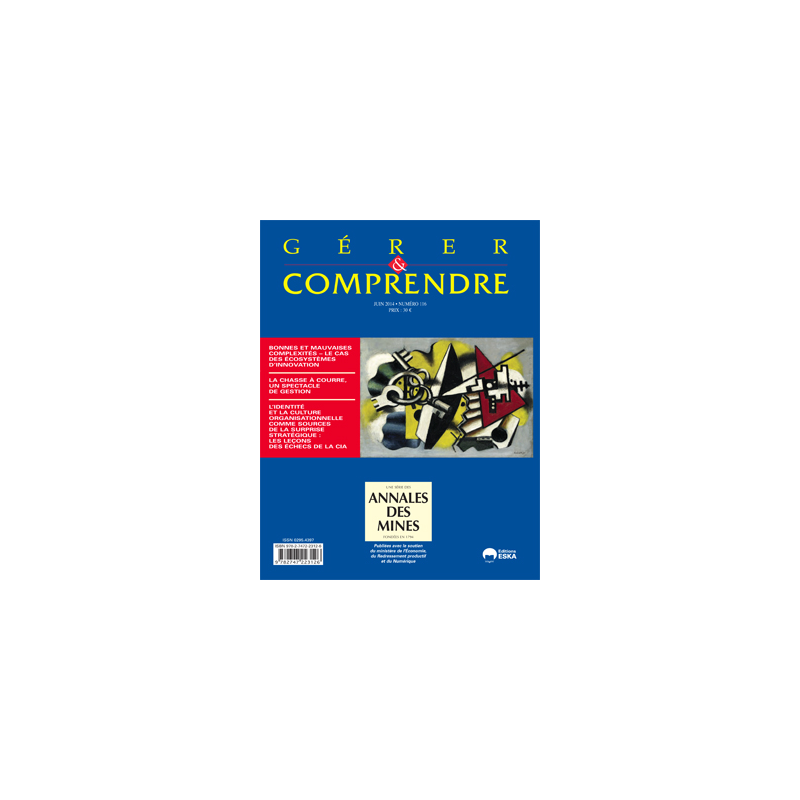



 Security policy
Security policy
(edit with the Customer Reassurance module)
 Delivery policy
Delivery policy
(edit with the Customer Reassurance module)
Abstract
Set up in 1947 to prevent another Pearl Harbor, the CIA failed on at least four major occasions in spite of the considerable means at its disposal. How was this possible? Researchers who have studied strategic surprises have worked out explanations that, though not incompatible with each other, are unable to explain the full situation. Since Max Weber, social scientists know that regular behavior patterns are to be understood in relation to their cultural context. Because social facts are ingrained in the work of intelligence, the latter is under the sway of the organization’s identity and culture. On the basis of this initial observation, a paradigm of strategic surprises is presented that emphasizes how the internal organization of the producer of intelligence is shaped through the identity of its analysts and the traits of its organizational culture. By examining the CIA’s endogenous characteristics, we come to understand how such surprises happen.